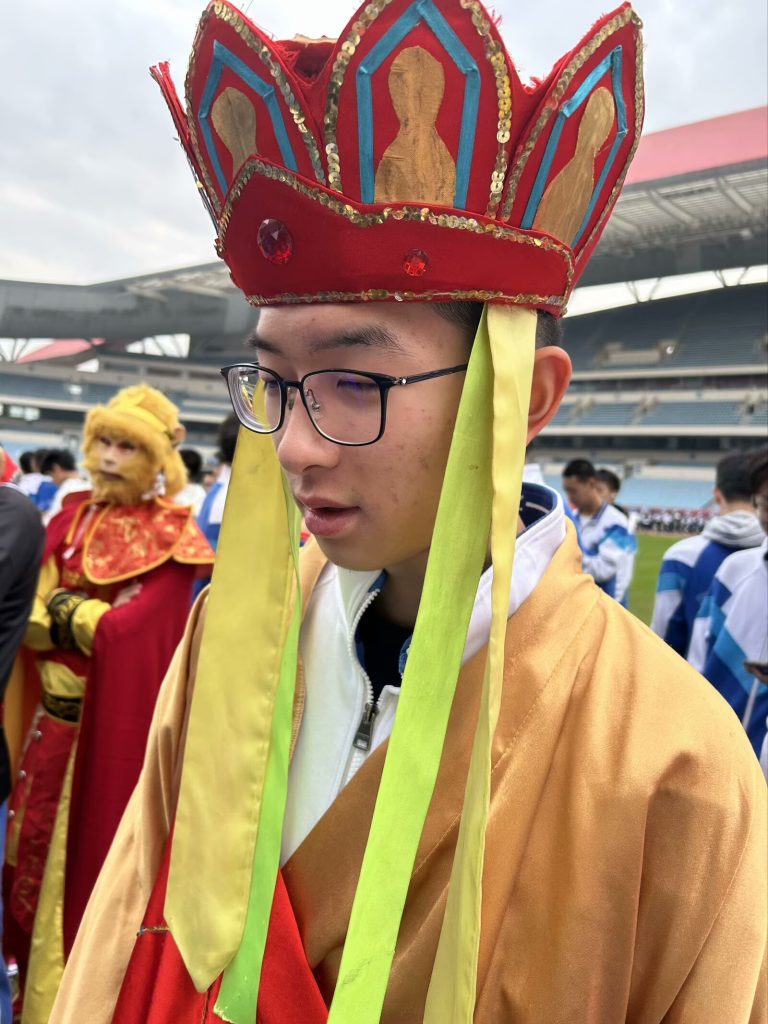Xuanzang (Chinese: 玄奘; Wade–Giles: Hsüen Tsang; [ɕɥɛ̌n.tsâŋ]; 6 April 602 – 5 February 664), born Chen Hui or Chen Yi (陳褘 / 陳禕), also known by his Sanskrit Dharma name Mokṣadeva, was a 7th-century Chinese Buddhist monk, scholar, traveller, and translator. He is known for the epoch-making contributions to Chinese Buddhism, the travelogue of his journey to India in 629–645, his efforts to bring at least 657 Indian texts to China, and his translations of some of these texts.[2] He was only able to translate 75 distinct sections of a total of 1335 chapters, but his translations included some of the most important Mahayana scriptures.(cite form Wikipedia)
Xuanzang’s Journey: Beyond the Academic Lens
From Journey to the West to historical records, we all know the legend: Xuanzang’s perilous pilgrimage to India, braving demons and death to bring Buddhist scriptures back to Tang China. Yet modern scholars—whether in religious studies, archaeology, or art history—focus narrowly on the academic value of his Great Tang Records on the Western Regions or Biography of the Tripitaka Master. But what everyone overlooks is far more critical:
- What scriptures did he actually retrieve?
- What profound teachings—what core truths and transformative power—drove him to risk his life?
- How do these texts, sought at such cost, apply to us today? Could their wisdom reshape modern technology, society, or even national and personal growth?
The real question isn’t just what Xuanzang brought back—but why it still matters.
Xuanzang’s Legacy: Beyond Scholarship, Toward Universal Truth
Though my voice may be small, I hope to stir the waters—so more seekers might see Xuanzang not as a relic, but a beacon. Today’s scholars, whether Buddhist or secular, rightly honor his geographical, historical, and philological contributions. Yet few grasp the heartbeat of his mission: the Yogācārabhūmi-śāstra (Treatise on the Stages of Yogic Practice)—and with it, the precise scientific and universal truths he crossed deserts and death to retrieve.
Xuanzang’s lifework crystallized in three unparalleled translations:
- 《瑜伽师地论》 (Yogācārabhūmi) — A cosmic roadmap merging mind, matter, and meditation
- 《大般若经》 (Mahāprajñāpāramitā Sūtra) — The ultimate treatise on transcendent wisdom
- 《因明正理门论》系列 (Nyāya-praveśa) — A logical framework rivaling Aristotle’s
These weren’t mere texts—they were the why behind his 17-year odyssey. The Yogācārabhūmi alone (his first and most monumental translation) maps consciousness with a rigor that predates modern neuroscience by 1,300 years. Imagine: what if we studied Xuanzang not just for Tang Dynasty records, but for keys to human flourishing, national resilience, or even quantum physics?
The scriptures he bled for await rediscovery—not as artifacts, but as living wisdom. The “West” he sought wasn’t just India—it was the frontier of truth itself.

Nailed the Xuanzang Look – Where’s My Journey to the West Crew?!(P1)
